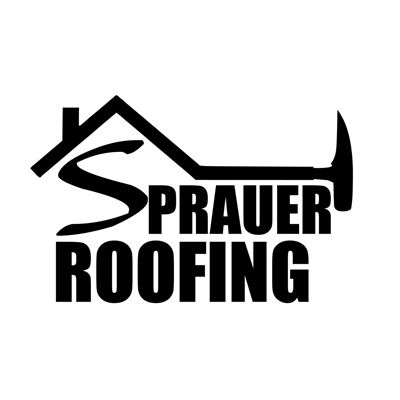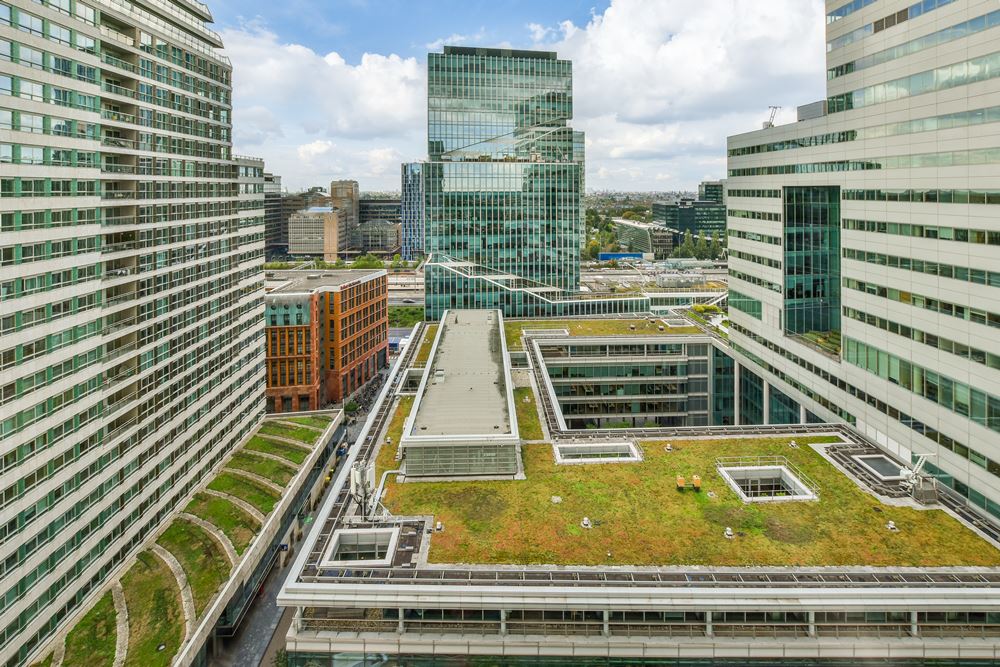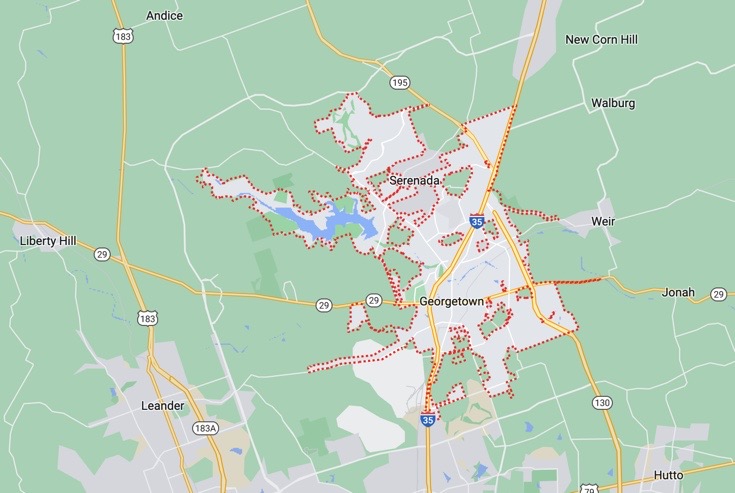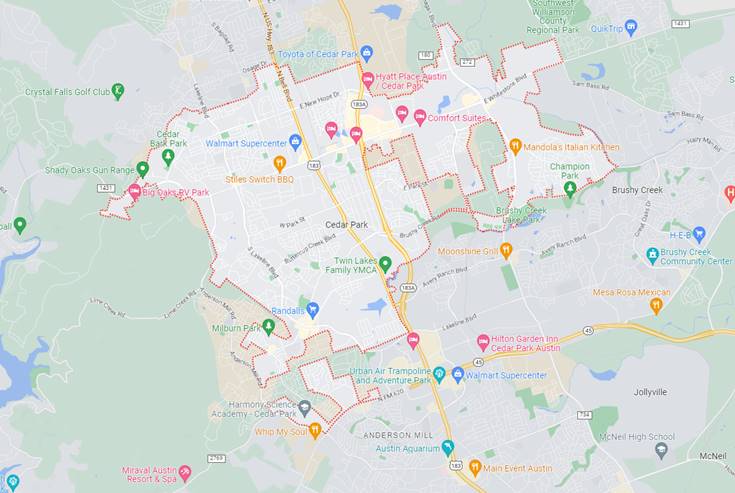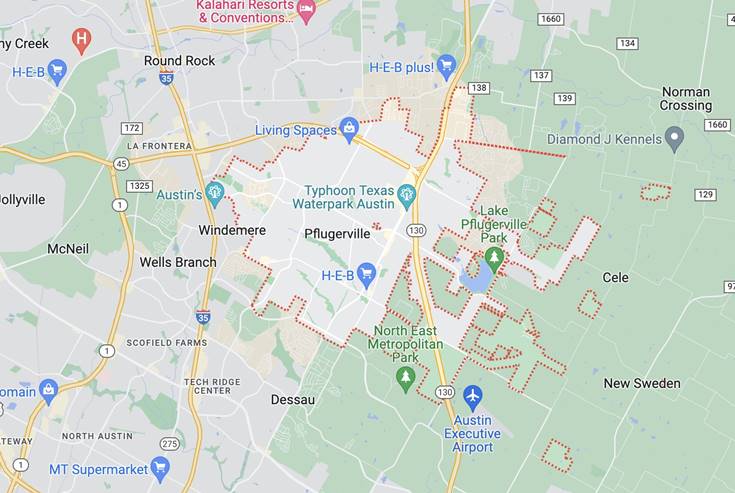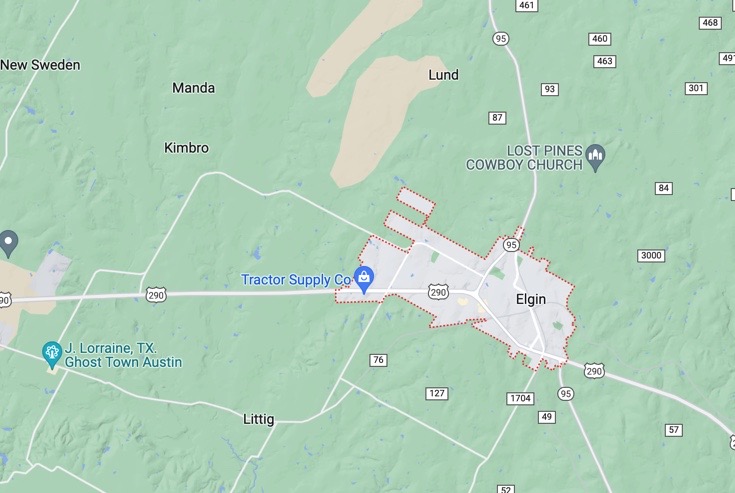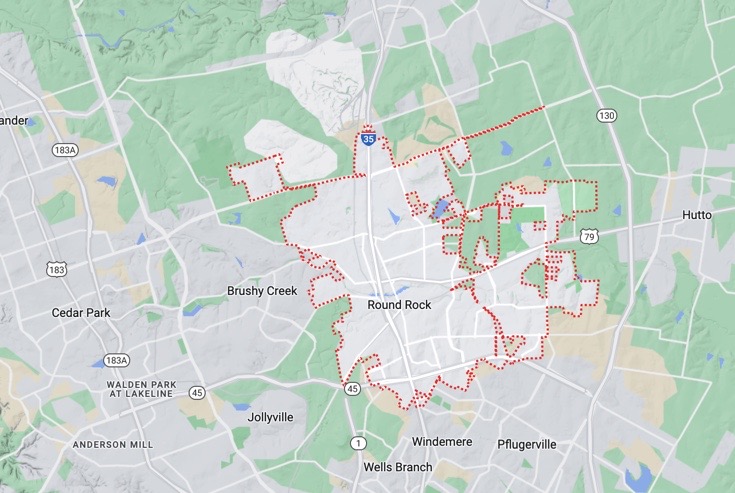Commercial building owners and managers have implemented various measures to reduce their carbon footprint and adopt sustainable practices. One effective way to achieve this is by installing green roofs. A green roof, also known as a living roof or eco-roof, is a roof system that is partially or entirely covered with vegetation and growing medium planted over a waterproof membrane. In this article, we will discuss the benefits of green roofing for commercial buildings and how it can reduce energy costs, improve sustainability, and increase property value.
Reducing Energy Costs
Green roofs provide a layer of insulation that helps regulate the temperature of the building. The insulation can reduce the heat the roof absorbs during summer, resulting in less need for air conditioning. During winter, green roofs retain heat, reducing the demand for heating. The extra insulation provided by green roofs can help reduce energy costs, and studies have shown that green roofs can lower a building’s energy consumption by up to 30%.
Improving Sustainability
Green roofs provide environmental benefits such as air purification and noise reduction. The plants absorb pollutants and carbon dioxide from the air, and their photosynthesis releases oxygen. This process helps to improve the quality of the air around the building. Additionally, green roofs reduce the amount of stormwater runoff, which can help alleviate stress on city infrastructure and prevent water pollution. Furthermore, green roofs create a habitat for birds and insects, increasing biodiversity in urban areas.
Increasing Property Value
Installing green roofs can significantly increase the value of a commercial building. A study conducted by Green Roofs for Healthy Cities found that green roofs can add an average of $7/square foot to the property value. This increase is attributed to the energy savings provided by green roofs, as well as the aesthetic value they add to a building.
Types of Green Roofs
There are two main types of green roofs: intensive and extensive. Intensive green roofs are typically larger, with deeper soil layers, and can support a more diverse range of plant life. They require more maintenance and irrigation and are best suited for rooftops with high load-bearing capacity. Extensive green roofs, on the other hand, are less deep and require less maintenance. They are best suited for roofs with lower load-bearing capacity and can be used to create a simple yet effective green space.
Installation and Maintenance
Installing a green roof involves several steps, including a structural assessment of the building, installation of a waterproof membrane, and the placement of drainage layers and growing medium. Once the growing medium is in place, the plants are installed, and the roof is irrigated. Maintaining a green roof is essential to ensure its longevity and continued effectiveness. Regular inspections, pruning, and watering are necessary to maintain the health of the plants and the integrity of the roof structure.
FAQs
Q1. Do green roofs require a lot of maintenance?
A1. Green roofs require some maintenance, including regular watering, pruning, and inspections. However, extensive green roofs require less maintenance than intensive green roofs.
Q2. Can green roofs support large trees?
A2. Intensive green roofs can support larger plants, including trees. However, the structural capacity of the building and the roof must be assessed before installing a green roof.
Q3. Can green roofs be installed on all types of buildings?
A3. Green roofs can be installed on most types of buildings, but the structural capacity of the building and roof must be assessed before installation.
Q4. How much does it cost to install a green roof?
A4. The cost of installing a green roof varies depending on the size of the roof, the type of green roof, and the location. However, studies have shown that green roofs can provide a return on investment over time through energy savings, increased property value, and reduced maintenance costs.
Q5. Can green roofs leak?
A5. Proper installation and maintenance of the green roof system should prevent leaks. A waterproof membrane, drainage layers, and growing medium are installed to prevent water from penetrating the roof structure.
Conclusion
Green roofs provide various benefits for commercial buildings, including reduced energy costs, improved sustainability, and increased property value. Building owners and managers looking to implement sustainable practices should consider installing a green roof. The installation and maintenance of green roofs require careful consideration and planning, but the long-term benefits far outweigh the initial costs. As more cities focus on sustainability and environmental stewardship, green roofs will remain an attractive option for commercial building owners and managers.
